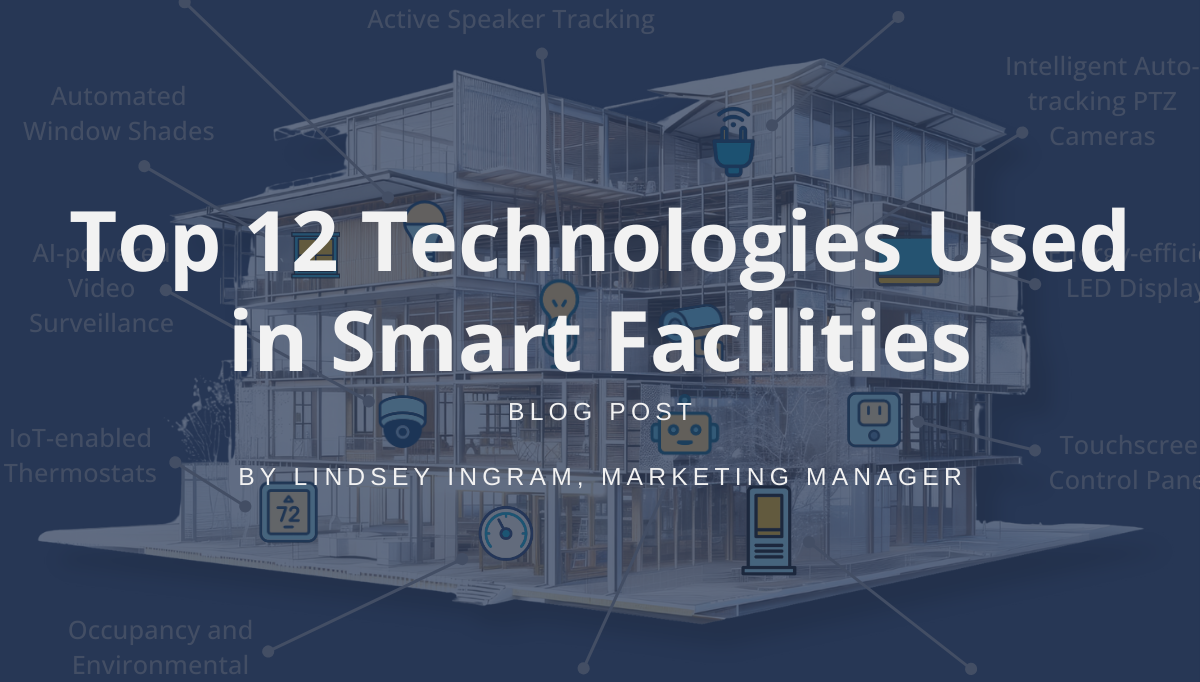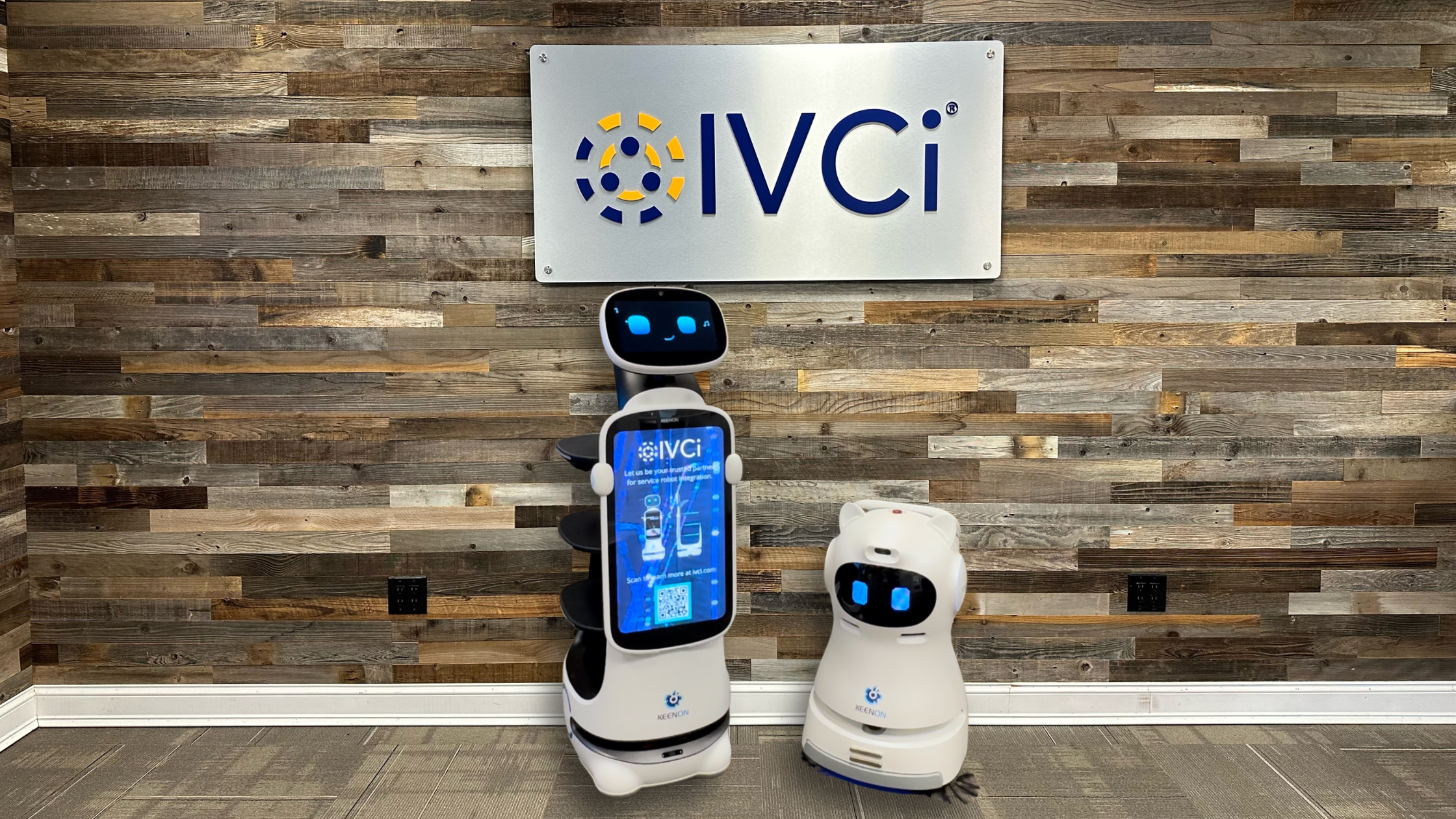AV technology contributes to the rapid growth of higher education. Implementing this technology creates an infinite amount of possibilities that can positively impact student learning and greatly benefit students and professors alike. It helps to open the doors to a broader world of learning and increases the spectrum of available knowledge.
Progressing the available technology on a campus not only allows students to expand their education, it also provides the opportunity to practice and hone the skills needed to successfully use this technology. Since technology is a large piece of the professional world, encouraging students to engage with it and utilize it in their learning experience will prepare them for the workforce. In this article, we list the top five advantages of implementing AV technology on campus.
1. Improve Accessibility
With video conferencing technology, students have the ability to connect to professors and other classmates virtually; they won’t miss out on a learning opportunity because of time or location. It’s also a great selling point for prospective students when choosing a college, as video conferencing presence on campus has been shown to increase applicants.
2. Easily Connect With Experts
With the help of AV technology, students can hear and see lectures directly from experts in their field. This gives students a unique way to get virtual ‘hands-on’ experience for curricula that may require in-field experience. Additionally, institutions with AV capabilities can expand their student population to anywhere in the world as well as offer fully or partially online degree programs. This is not only a great benefit for existing students but is a great recruitment tool as well.
3. Help Students Prepare for Careers
Today, prospective students are very aware of how proper technology training will affect their opportunities for post-grad employment. Supplying AV/VC tech in the classroom directly translates to their future workforce environments, and many students are making their choice of school based on how well a higher-ed institution answers this need.
4. Give Your Campus the Wow Factor
AV technology, such as video walls, can bring in the wow factor that prospective students and faculty are moved by. Aside from being a great way to improve the aesthetic of your campus, universities are equipping the walls with broadcasting capabilities, allowing for building or campus-wide messaging to be shared instantly.
5. Enhance Student Collaboration
AV technology can help students to connect with one another quickly and efficiently. Rather than trying to work in a social student center or cafeteria, or disrupt others in a library, students can get together in a small study space where they can interact with technology and work with one another. Working in a productive environment also builds students’ collaboration skills, which will ultimately benefit them for a future career.
Modern Collaboration Tools for the Next Generation
Higher education institutions should look into elevating their AV technology if they haven’t done so already. This investment will allow them to provide a better educational experience and expand their capabilities like never before.
IVCi has extensive experience in designing, building, equipping, and supporting higher-ed institutions with customized AV/VC technology solutions to help them keep up with demand. Our team of technology professionals holds certifications from some of the top manufacturers in the industry, and our help desk customer service is second-to-none. Privately owned and family-operated, we believe in creating purpose-built work environments that allow providers to offer exceptional care and stay competitive within the industry.
If your institution is looking to take its AV setup to the next level, reach out to our expert team. We’d love to talk about how we can help you create an even better environment for your students and faculty.





